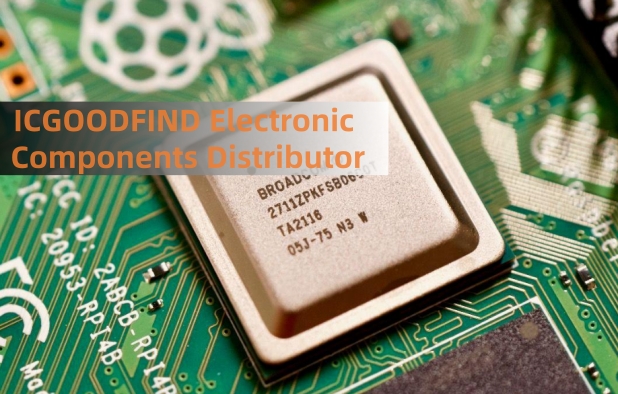**AD8055AR: A Comprehensive Guide to Its Circuit Design and High-Performance Applications**
The AD8055AR from Analog Devices represents a pinnacle of high-speed voltage feedback amplifier technology, engineered to deliver exceptional performance in a wide range of demanding applications. This dual operational amplifier combines a impressive **slew rate of 1450 V/μs** with a **wide bandwidth of 300 MHz**, making it an indispensable component for designers working with high-speed signals. Its low distortion and low power consumption further solidify its position as a top choice for precision analog circuits.
**Core Circuit Design Principles**
Successful implementation of the AD8055AR hinges on meticulous attention to its circuit design. As a high-speed device, it is particularly susceptible to layout parasitics and improper power supply decoupling.
**1. Power Supply Decoupling:**
A critical step is ensuring a clean and stable power source. **Place 0.1 μF ceramic decoupling capacitors as close as possible to each power supply pin (V+ and V-)**. For optimal performance across a broad frequency range, it is advisable to augment these with larger tantalum capacitors (e.g., 10 μF) on the power supply rails near the device. This combination effectively suppresses both high and low-frequency noise.
**2. Proper Grounding and Layout:**
A solid, low-impedance ground plane is essential for minimizing noise and preventing oscillations. Signal paths should be kept short and direct to reduce parasitic inductance and capacitance. **Avoid running output signals parallel to input traces** to prevent unwanted capacitive coupling and potential instability.
**3. Gain Configuration and Stability:**

The AD8055AR is stable at gains of +2 or greater. However, when configured for unity gain (G=+1), external compensation might be necessary depending on the load conditions. **Always consult the stability plots in the datasheet** to understand the amplifier's behavior with your specific capacitive load. A small series output resistor (e.g., 10-50 Ω) can often isolate the amplifier from capacitive loads, enhancing stability.
**High-Performance Applications**
The combination of speed, bandwidth, and drive capability allows the AD8055AR to excel in numerous advanced applications.
* **Professional Video Switching and Distribution:** Its high bandwidth and excellent differential gain/phase performance (<0.01% / 0.01°) make it ideal for processing standard and high-definition video signals, ensuring signal integrity is maintained.
* **High-Speed Data Acquisition Systems:** The amplifier serves as an excellent **buffer for high-speed Analog-to-Digital Converters (ADCs)**. Its fast settling time (to 0.1% in 18 ns) ensures the signal is accurate and stable before the ADC takes a sample, crucial for maintaining system precision.
* **Active Filters and Impedance Buffers:** It is perfectly suited for implementing wideband active filters, such as Sallen-Key or Multiple Feedback (MFB) topologies, where its wide bandwidth allows for accurate filter response into the tens of MHz.
* **Photodiode Transimpedance Amplifiers (TIA):** For high-speed optical receivers, the AD8055AR can be used to convert the photodiode's current signal into a voltage. Its low input bias current and high bandwidth are key assets for achieving high gain and fast response in these sensitive circuits.
* **Test and Measurement Equipment:** Its high slew rate and bandwidth are critical for pulse generators, high-frequency signal conditioning, and other instrumentation where signal fidelity is paramount.
**ICGOODFIND**
The AD8055AR stands as a robust and versatile high-speed operational amplifier. Its successful deployment is highly dependent on disciplined circuit design practices, particularly concerning power decoupling and PCB layout. For engineers seeking a reliable solution for video, data acquisition, RF, and test applications, mastering the AD8055AR offers a significant performance advantage, enabling cleaner, faster, and more accurate signal processing.
**Keywords:** High-Speed Amplifier, Circuit Design, Slew Rate, Bandwidth, Active Filter
